Next Superpower Countries?

|
Getting your Trinity Audio player ready...
|
These nations have been dismissed as underdogs and weaklings. But like budding superheroes, they’ve been sitting on hidden talents. And now they’re about to fly.
1. FINLAND
SUPERPOWER: INVINCIBLE TEACHERS
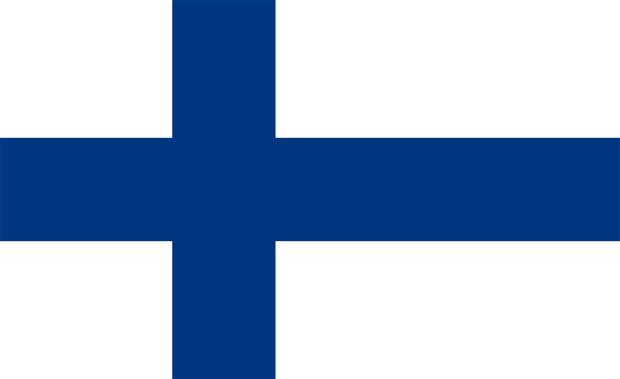
If you’re a kid in Finland, you don’t start school until you’re 7 years old. There’s almost no homework until you’re a teenager. You don’t wear a uniform, you can call your teacher by his first name, and you can attend class barefoot if the mood strikes you. It’s always casual Friday, and you spend fewer hours in the classroom than students in the rest of the developed world.
Despite—or because of—this leisurely approach, the Finnish educational system is one of the world’s finest. Finland’s literacy rate is 100 percent. When the Organization for Economic Cooperation and Development administers its standardized reading and math exams to students from around the world, Finnish pupils regularly come out at or near the top.
What makes these results more amazing is that just four decades ago, Finland’s academic record was a mess. In the 1970s, though, the government did something extraordinary to combat lax education: It mandated that every teacher earn a master’s degree, even agreeing to foot the bills for the extra schooling. Teaching’s prestige skyrocketed; becoming a teacher in Finland is now as tough as becoming a lawyer. Only one in 10 primary school applicants makes the cut! Today, the rest of the world is scrambling to follow Finland’s example as its hyper-educated population continues to boost the country’s productivity. Maybe we should all kick off our shoes and learn a few things.
2. NIGERIA
SUPERPOWER: VERY LIQUID ASSETS
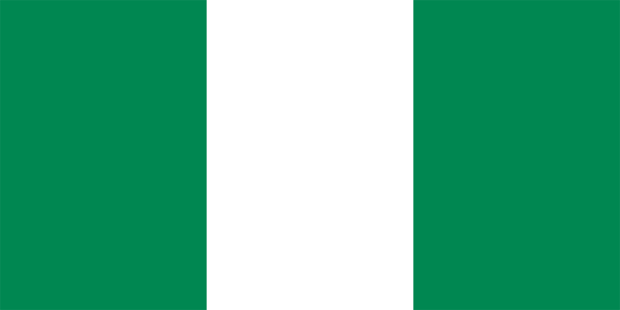
At first glance, Nigeria doesn’t look like it’s poised to become a world player. More than 80 million Nigerians live on less than $2 a day, 40 percent of the country has never been to school, and half of Nigerian women are illiterate. Throw in the growing threat of terrorism in Africa, and the situation looks pretty grim.
That is, until you look deeper. Nigeria has two things going for it: a large population (162 million) and lots of oil. Nigeria says it pumps out 2.53 million barrels of crude every day, which is up there with heavyweights like Kuwait and Iraq. All this oil is cycling cash into the Nigerian economy and minting new tycoons, which probably explains why more than 100 Nigerians have purchased private jets since 2007. Analysts from Pricewaterhouse-Coopers say that if Nigeria can beef up its schools and technology, it could balloon into the world’s 13th largest economy by 2050, nestled between Turkey and Italy. As if that’s not reason enough for unbridled optimism, Nigeria’s president also has the sunniest name of any world leader: Goodluck Jonathan.
3. MONGOLIA
SUPERPOWER: THE GOLDEN TOUCH

Mongolia knows a thing or two about being a superpower. In the 13th century, Genghis Khan united Mongolian tribes and conquered parts of China. His grandson Kublai Khan kept the family business humming and finished the job. But the tables turned when the Ming Dynasty struck back a century later. China continued to keep Mongolia under its thumb until Russia began aiding its independence movement in 1921.
Today, however, Mongolia’s prospects are looking up because the country is literally sitting on a gold mine. The deposit, Oyu Tolgoi, will roar to life later this year and is full of enough precious metals to build several Xanadus; estimates peg the reserves at 82 billion pounds of copper and 46 million ounces of gold—that’s a little less than a third of the gold in Fort Knox. But the riches don’t end there: A second new mine, Tavan Tolgoi, may boast the world’s largest untapped supply of coking coal, a key ingredient of steel.
And there’s no shortage of demand. Mongolia’s neighbors are dying for coal and copper. Both Russia to the north and China to the south have big appetites for construction that will gobble up plenty of steel, and the new mines have investors drooling. Citigroup predicts that over the next 20 years Mongolia will have the highest growth rate of any Asian country, including China. Genghis would be proud.
4. VIETNAM
SUPERPOWER: SAFE HARBORS
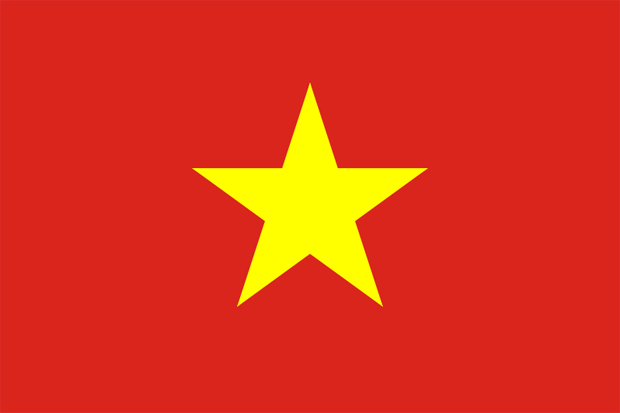
A funny thing happened while the global economy was sputtering last decade. Vietnam’s GDP soared by 6 percent per year. As rice paddies have given way to factories, unemployment in Vietnam has plunged to around 4.5 percent.
What’s Vietnam’s trick? It’s ready to work. China’s laborers aren’t as cheap as they used to be, which makes Vietnam a relative bargain for companies that need new factories abroad. Up until now, though, there’s been a tiny problem: roads. Or the lack thereof. While Vietnam has a terrific labor force, its transportation infrastructure is nearly nonexistent. The country has almost no railroads, its highways are clogged, and its largest metropolis, Ho Chi Minh City, boasts just one airport, which was built before the Vietnam War. Motorcycles and bicycles are popular, and some of its 91 million citizens still travel by rickshaw. What’s the use of cranking out export-ready goods if there’s no convenient way to ship them?
To address the problem, the Vietnamese government is doubling down on investment in infrastructure’s three R’s: railroads, roads, and rivers. Officials are widening highways and building a new airport. There’s a new deep-water port at Cai Mep-Thi Vai with ship-to-shore cranes that will enable companies to haul more inventory out of the country. The investments don’t sound sexy, but they should start bearing fruit. According to consulting firm A.T. Kearney, “Logistics is the only barrier keeping Vietnam from becoming the next China.”
5. SWITZERLAND
SUPERPOWER: NEXT-LEVEL NETWORKING

Switzerland used to be mocked for its lack of innovation. Peaceful, yes. Creative, no. As Orson Welles put it in The Third Man, “In Italy, they had warfare, terror, murder, and bloodshed, but they produced Michelangelo, Leonardo da Vinci, and the Renaissance. In Switzerland, they had 500 years of democracy and peace, and what did that produce? The cuckoo clock.”
Welles wouldn’t recognize today’s Zurich. The UN’s Global Innovation Index ranks Switzerland as the most innovative country on the planet. What stirs these creative juices? The Swiss government has perfected a system that allows academic research to flow from the ivory tower into private companies. The Swissnex network—with offices from Boston to Singapore to San Francisco—is a system of idea hubs, conferences, and networking events that connect lab coats with investors. The program helps academics, artists, and inventors with promising research hook up with private companies that can turn those visions into reality.
Introducing the brainy to the wealthy is paying dividends. Consider what’s happening with the Solar Impulse project, a company that’s designing a solar-powered plane that can fly around the world without using fuel. Think that sounds farfetched? The amazing aircraft has already completed an all-night journey!
6. BANGLADESH
SUPERPOWER: DEMOGRAPHIC SORCERY
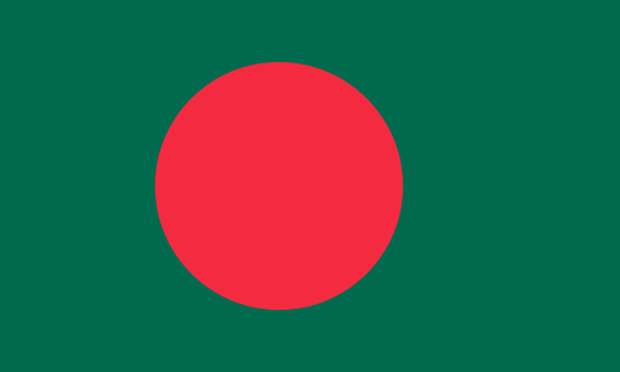
Bangladesh is about the size of Iowa and has a larger population than Russia. It’s the most crowded country on the planet; as a result, containable problems often become huge disasters. Floods kill thousands. Infectious diseases can sweep through the close quarters.
There also aren’t enough jobs. The country’s main export is knitted clothes, and its GDP is just $743 per capita, less than 2 percent of the United States’. For years, Bangladesh has simply been too crammed to support a viable economy. But thanks to some clever policies implemented by the government in the 1970s, Bangladesh is about to make a major leap.
In 1975, the average Bangladeshi woman was bearing 6.3 children. Only 8 percent of women used contraception, and the population was exploding. All these new babies were cutting an already tiny economic pie into too many slices. So the government got proactive. To combat the baby boom, officials trudged from village to village handing out free birth control to rein in the growth.
The plan worked. The birth rate plummeted to 3.4 children per woman in 1993, and now it sits at a sustainable 2.3. And here’s where the economy comes in. Bangladesh is about to enjoy what analysts call a “demographic dividend.” All those babies born in the 1970s and ’80s are entering their prime working years, but because this generation is supporting only two kids instead of six, the demographic math is finally tilting in Bangladesh’s favor. That spells good news for the economy, and investors have taken notice. No wonder Goldman Sachs named Bangladesh a “Next 11” nation, predicting the country’s ascendance as an economic tiger.
7. NEW ZEALAND
SUPERPOWER: VANISHING RED TAPE

Let’s say you’re starting a new company. In the United States, you’ll need to conquer a punishing stack of forms for the IRS, labor boards, and state and federal agencies. By the time you’re finished with your 1040, Schedule C, and Form 720, you’ll feel like you’re choking on red tape.
In New Zealand, things are different. The government created a one-stop shopping approach for new businesses. Every form, application, and license an entrepreneur needs is part of a unified online portal. The info feeds into a single shared database, which further slices down processing time. Even for the offline hassles of starting a business, all the relevant agencies are physically clustered together, trimming even more bureaucratic fat. So far, 83 countries have similarly streamlined, but New Zealand is still the king, which is why Forbes placed it at the top of its Best Countries for Business rankings. With so little paperwork, what’s to stop you from starting your own Hobbit-themed diner that serves only second lunch?
8. TAIWAN
SUPERPOWER: OMNISCIENT DOCTORS
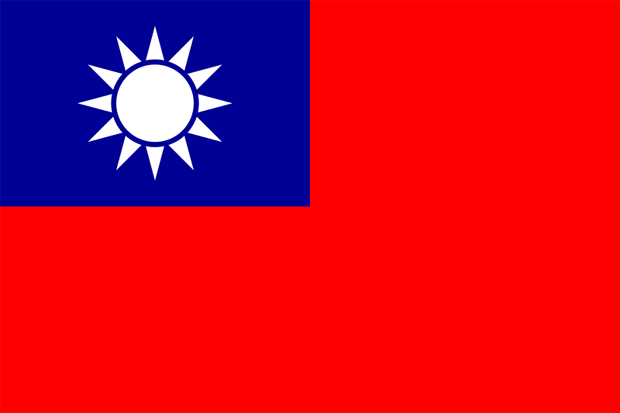
Back in 1995, Taiwan’s health care system was broken. Nearly half the country was uninsured, and citizens weren’t as healthy as they should have been. So the government turned to Harvard economics professor William Hsiao to gut the system and start fresh. Hsiao adopted a universal coverage model similar to Canada’s, but his more revolutionary innovation was small enough to fit in patients’ wallets.
If you lived in Taiwan, you would carry a digital card that keeps track of your medication, test results, medical history, and relevant records. Anytime you went to the doctor, you would just pop the card into a computer without cobbling together paperwork from all your hospitals and specialists. Not only is the system blissfully convenient for patients, but it helps doctors and hospitals get paid faster with less waste while reducing their billing and clerical expenses.
In 2009, Taiwan’s administrative costs for health care were just 2 percent of overall expenditures. To put that in perspective, slashing American health care’s administrative costs to 2 percent would save more than $100 billion over 10 years. The Taiwanese system saves even more money by helping regulators pinpoint fraud more readily. National health care may be a contentious debate in the U.S., but if there’s one thing the left and right can agree on, it’s that less paperwork is better.
9. LATVIA
SUPERPOWER: ENCHANTED FORESTS
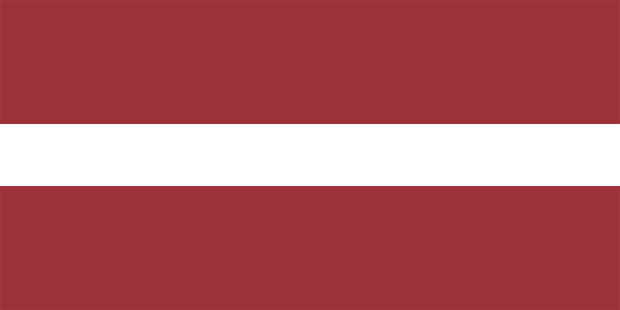
In Latvia, every day is Arbor Day. As possibly the greenest country on Earth, more than 40 percent of Latvia is covered in forests, and all this thick vegetation makes it a net reducer of greenhouse gas emissions. It’s not just woodlands either. Latvians have nearly stopped importing coal. They’re heavy recyclers who create Europe’s smallest amount of waste per person. And the capital, Riga, is one of the continent’s cleanest cities.
Even with such impeccable credentials, Latvia decided to up the environmental ante. In 2010, the state forest department launched a sprawling media campaign that called on all citizens to plant even more trees. To help boost volunteerism, the ad campaign targeted students, teachers, families, companies, and Latvian musicians. The government distributed free packets of seed and launched an interactive website where citizens could post videos of their plantings. It also held tree-sowing events throughout the year to sustain the buzz.
By the end of the campaign, Latvians had planted 2,278,234 firs, pines, and oaks, just over one tree for every Latvian. Best of all, the cleanliness hasn’t held back Latvia’s business. After having a hard time during the recent global collapse, the country enjoyed strong growth in 2011 and 2012. As countries around the world scramble to kick-start their economies while remaining green, they’ll be looking at Latvia to lead the way.
10. CHILE
SUPERPOWER: A THRIVING METAL SCENE
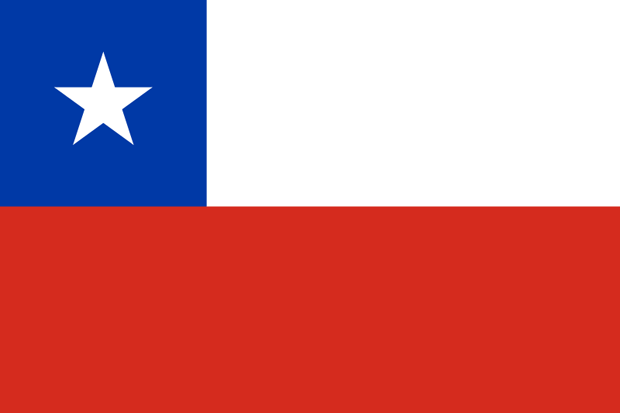
Pipes, computers, motors, and your microwave all have one thing in common: They’re made with copper. Gold and diamonds may get all the publicity, but copper makes the world go round. And lucky for Chile, it’s got about a third of the planet’s copper supply. It just needs a way to dig it up.
The Chilean government knows that leveraging this copper could transform its economy into a juggernaut. So President Sebastián Piñera’s administration is pouring investments into the country’s mines. The first big project: converting the world’s largest copper mine, Chuquicamata, from an open pit into a safer, more efficient underground mine. (Open-pit mines become unprofitable once miners dig too deep, as trucks have to drive miles up and down for each load of metal and are prone to collapse.)
Converting the mine should extend its life by 50 years, while helping to improve safety and profitability. Che Guevara may be rolling in his grave—Chuquicamata is the very mine he criticized in 1952, sparking his activism—but that same tantalizing copper reserve led Bloomberg analysts to rank Chile as the world’s number eight emerging market. Once Chile taps that copper, they’ll be making a lot more than pennies with it.
This article originally appeared in mental_floss magazine. You can get a free issue here.

 Print
Print